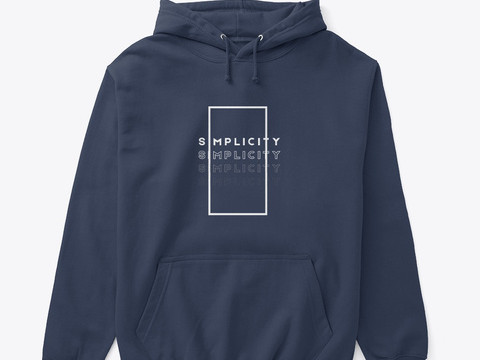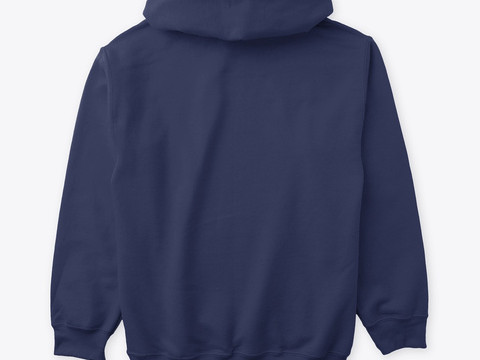Manufacturing custom hoodies is a popular business venture, often pursued by clothing companies, entrepreneurs, or individuals with a passion for fashion and customization. Here are some key details about manufacturing custom hoodies:
- Design and Customization:
- Custom hoodies are typically created based on specific designs, logos, artwork, or slogans provided by customers.
- Customers can choose from various hoodie styles, including pullover, zip-up, hooded sweatshirts, and different materials like cotton, fleece, or blends.
- The customization process may involve screen printing, embroidery, sublimation printing, or heat transfer to add designs and logos to the hoodies.
- Materials and Quality:
- The choice of materials is crucial in hoodie manufacturing. High-quality fabrics ensure comfort, durability, and a premium feel.
- Manufacturers must source materials that meet industry standards and customer expectations.
- Production Methods:
- The production process typically involves cutting, sewing, and assembling the hoodie pieces.
- Different production techniques may be used based on the customization method chosen. For example, screen printing and embroidery are popular for adding designs.
- Sizing and Fit:
- Offering a range of sizes is essential to cater to various body types and customer preferences.
- Proper sizing charts and measurements help customers choose the right fit.
- Quality Control:
- Rigorous quality control measures are necessary to ensure that each custom hoodie meets the desired standards.
- Inspections should include checking for defects in printing, stitching, and material quality.
- Order Minimums:
- Manufacturers often have minimum order quantities, which can vary depending on the complexity of customization and production capacity.
- Lead Times:
- Customization, production, and shipping times can vary depending on the manufacturer and order volume.
- Customers should be informed about estimated delivery times when placing orders.
- Price Structure:
- Pricing for custom hoodies depends on factors such as material quality, customization complexity, order volume, and manufacturing costs.
- Bulk orders may receive discounts, making it cost-effective for larger groups or businesses.
- Branding and Packaging:
- Custom hoodies can be branded with labels, tags, or packaging featuring the manufacturer’s logo or the customer’s brand if they are reselling them.
- Environmental Considerations:
- Increasingly, consumers are concerned about the environmental impact of clothing production. Manufacturers may choose sustainable materials and eco-friendly printing methods to align with these values.
- Online Presence:
- To reach a broader customer base, manufacturers often maintain an online presence through a website or e-commerce platform where customers can place orders and customize their hoodies.
- Customer Service:
- Providing excellent customer service, including timely communication, order tracking, and addressing customer inquiries or concerns, is essential for building a reputable custom hoodie manufacturing business.
- Legal Compliance:
- Manufacturers must adhere to local and international laws and regulations related to clothing production, including copyright and trademark considerations when handling custom designs.
- Marketing and Promotion:
- Effective marketing strategies, such as social media advertising, email campaigns, and collaborations, can help attract customers and generate orders.
Custom hoodie manufacturing can be a profitable business with the right approach to quality, customization options, and customer service. It’s essential to stay updated with industry trends and customer preferences to remain competitive in the market.




